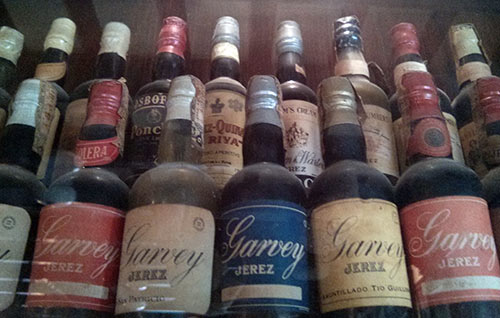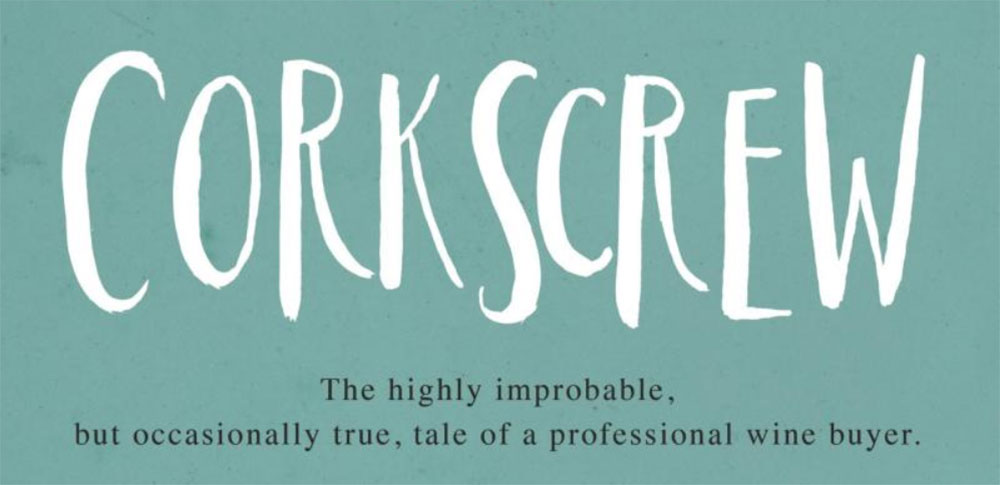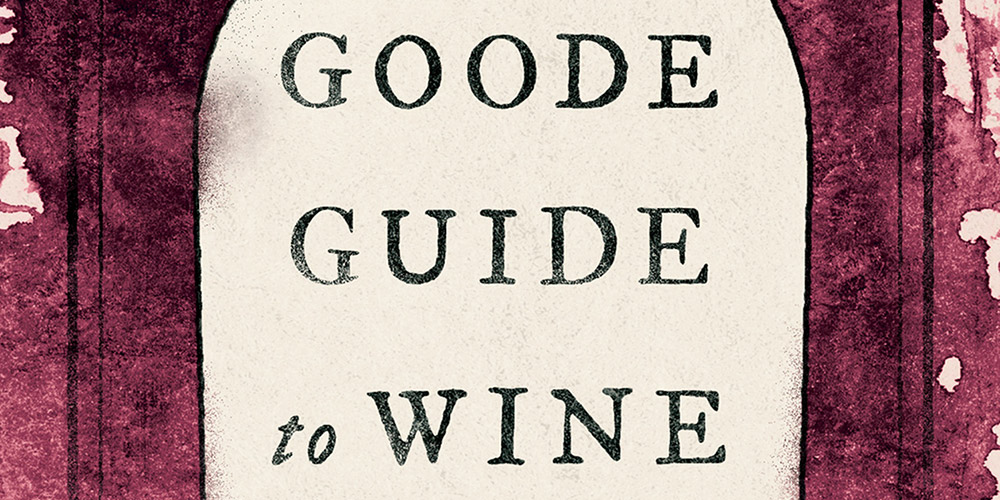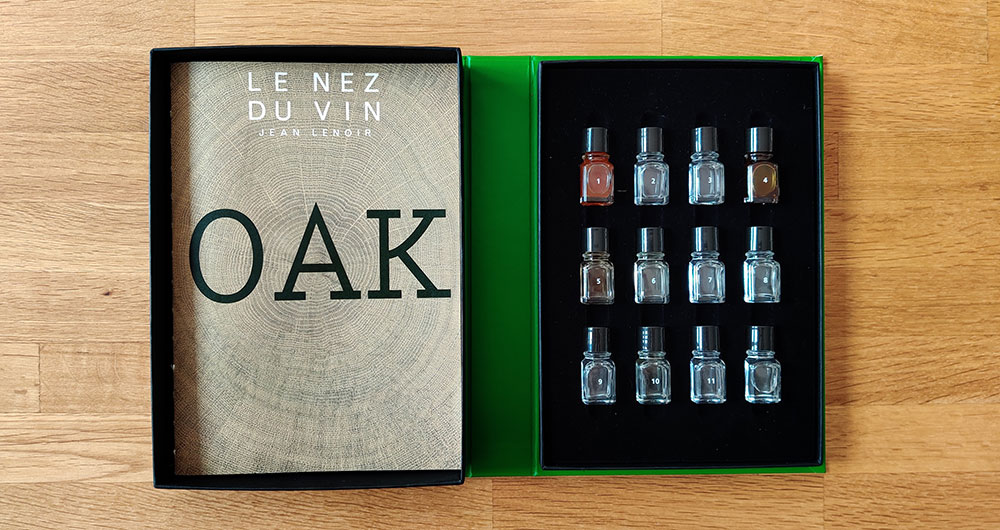When asked about what book one should read to start digging into wine, there are always two that immediately come to mind for me. The first is Jancis Robinson’s “24-Hour Wine Expert” for those looking to take a quick dip into the wine world, followed by Karen Macneil’s “The Wine Bible“. I would add that Elizabeth Schneider’s “Wine for Normal People” is a very decent option as well, but in need of a reworked second edition. Despite The Wine Bible’s rather formidable title, it’s a very friendly reference and Macneil […]



